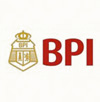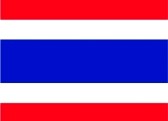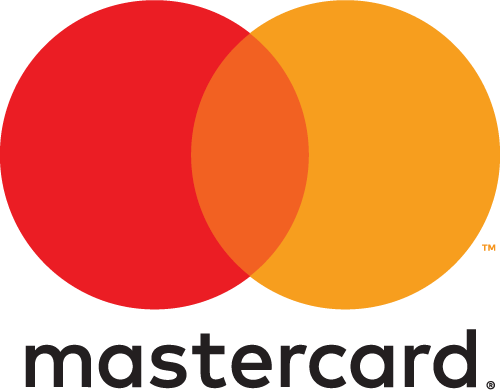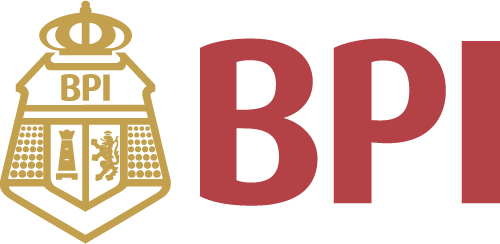All Categories




Jeffrey Dahmer's Dirty Secret: The Unsolved Murder of Adam Walsh: SPECIAL SINGLE EDITION. First the police found the body. Then the killer. Neither was right.
Share Tweet
Get it between 2025-06-10 to 2025-06-17. Additional 3 business days for provincial shipping.
*Price and Stocks may change without prior notice
*Packaging of actual item may differ from photo shown
- Electrical items MAY be 110 volts.
- 7 Day Return Policy
- All products are genuine and original
- Cash On Delivery/Cash Upon Pickup Available








About Jeffrey Dahmer's Dirty Secret: The Unsolved Murder
From the Back Cover OTHER TRUE CRIME BOOKS BY ARTHUR JAY HARRIS: Crime stories, true or fiction, begin as jumbles. Something awful, scary, or unspeakable just happened, and to make sense of it will take every bit of skill from the investigator. Unless everything discoverable is found, the mystery will be imperfectly solved. As a journalist and book author, I investigate over and above what law enforcement has already done. What I look for that they don't is story structure. In literature, plot and characters have arcs; everything builds to, then descends from, a turning point. Because it is always buried, most of my investigation is taken up by searching for that key moment. But when I realize it, a story that had made only marginal sense suddenly reorganizes and flows. The key moment always is: the main character, by his actions or because it's been forced on him, finds he can't elude making an agonizing decision between alternatives that are only terrible and will have life-changing or fatal consequences. He's in no-man's land. Usually at this moment the story becomes a tragedy. But sometimes one of the choices is heroic, although at that point it doesn't look particularly attractive. UNTIL PROVEN INNOCENT begins with a night 911 call from a woman gasping her last breaths. When police arrived at the house they found her dead, stabbed, and her husband, infant, and father-in-law all shot point-blank. They would survive. Minutes later, a man also called 911, a gunman had released him from a robbery at the same house. He said he knew of no violence before he left. Yet he was the only one who the gunman hadn't tried to kill. Police instantly suspected him. That night and long after, police tried to shake the man, Chuck Panoyan, who insisted he didn't know who the gunman was. Police guessed right. A tip led them to the gunman, and that led to a trip Panoyan took to see him. Both were arrested, and prosecutor Brian Cavanagh won a death penalty indictment against them both. But in pretrial, Panoyan's attorneys unraveled Cavanagh's case against their client. No longer certain Panoyan was guilty, Cavanagh reached No Man's Land: his choice was to let the jury sort it out, or admit he was wrong about Panoyan for now three years. Cavanagh's dad Tom was a retired NYPD lieutenant who'd had a double murder he couldn't solve, then at another precinct a suspect confessed. Tom recognized it had been coerced and quietly asked his detectives if they could prove it wrong. When they did, the case became famous for police integrity. A TV movie renamed Tom's character: Kojak. Years later, son Brian was at a similar turning point. Like his dad, he would not leave it to a jury to unscramble. He moved to release Chuck Panoyan from jail. But Panoyan had to tell his story: he'd lied to police because the gunman had threatened to kill his family if he spoke up. Once before, the gunman had killed a small child and went to prison. Who was the only one could make Panoyan comfortable enough to talk? The old man, the real-life Kojak, Tom Cavanagh. SPEED KILLS opens with the stunning daylight murder in 1980s Miami of boat builder, boat racer, and wealthy bon vivant Don Aronow. He invented, raced, built and sold Cigarette boats, the fastest thing on the water. Everyone who worshipped speed and could afford one, wanted one; his clients were royalty, U.S. presidents, CEOs, intelligence services, and--most of all, eventually--dope smugglers. Don took everyone's money and traveled between all those worlds. You could also see it as Don playing all sides. When the Feds needed faster boats to keep up with the Cigarettes that Don sold to dopers, they came to him. It was sort of the same with his wife and girlfriend (and girlfriend and girlfriend). How long could anybody get
























